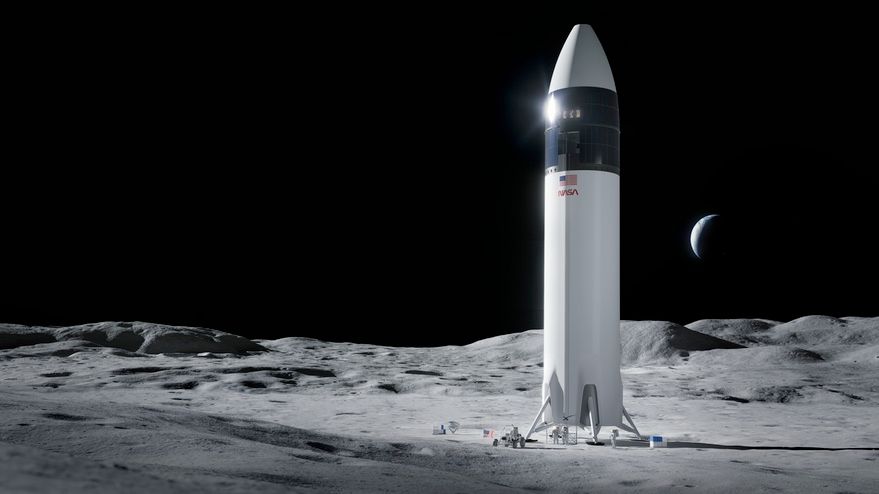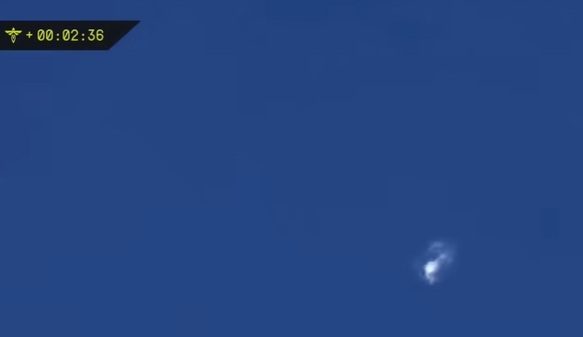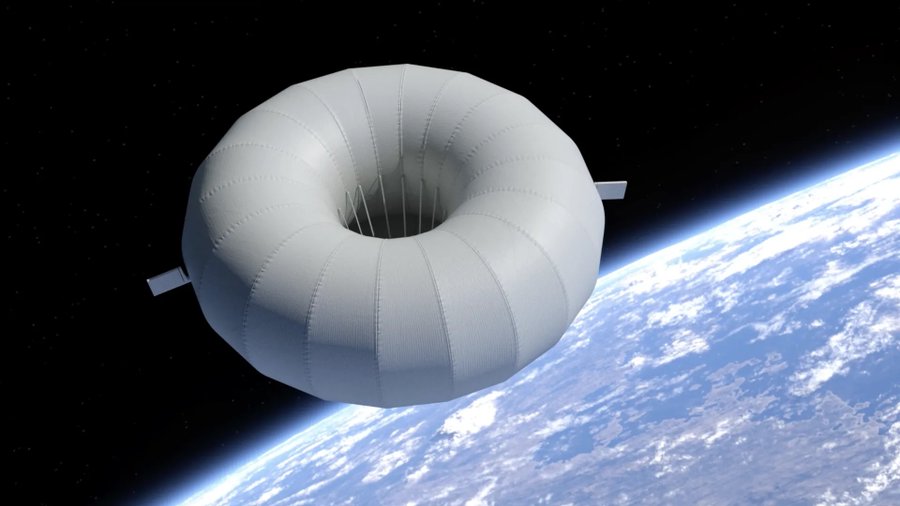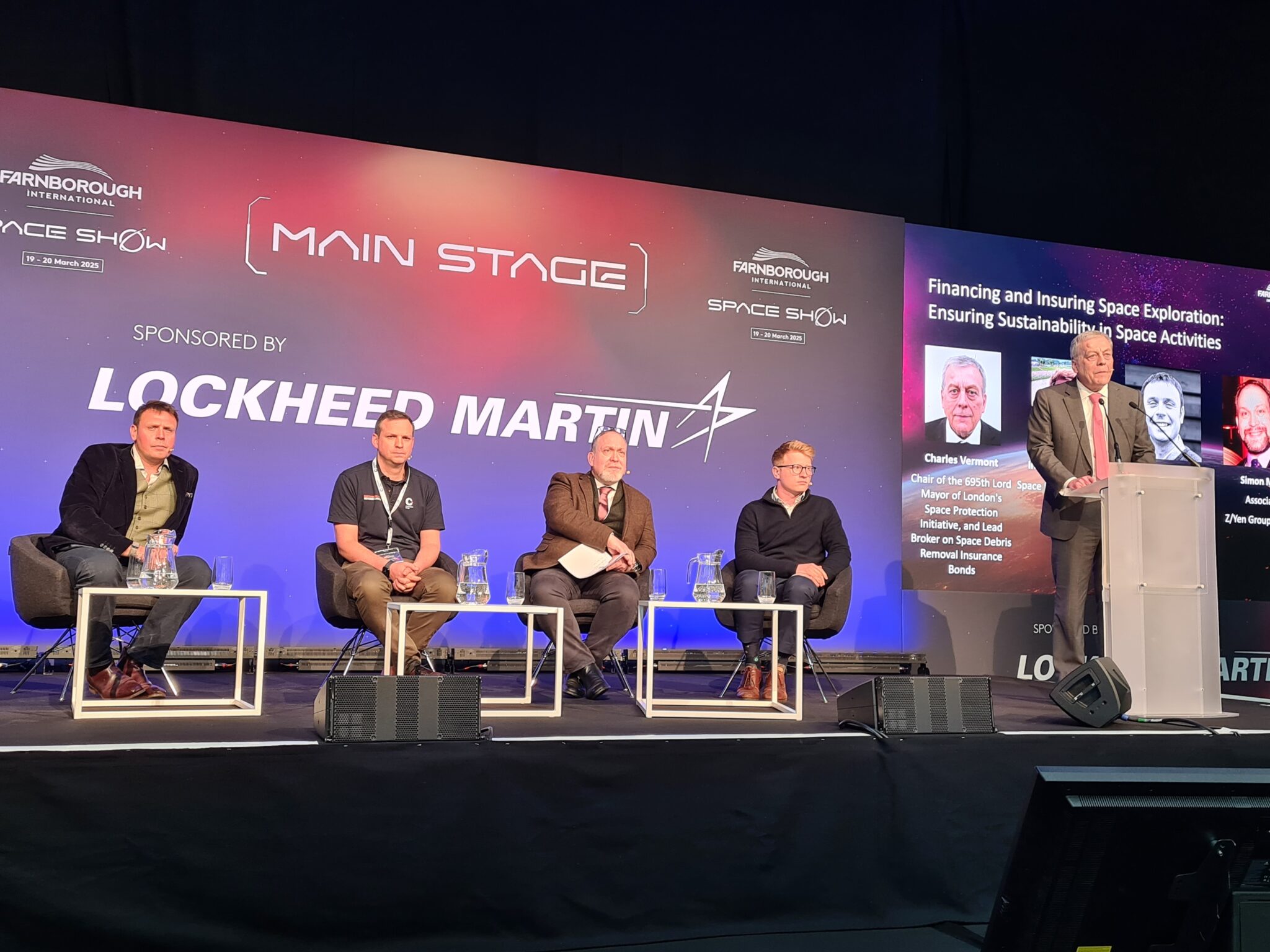Chairforce Engineer is laying down the law when it comes to what he thinks needs to be done to open up space to the masses and apparently it involves achieving minor successes such as developing anti-gravity – easy when you know how of course
But first of all we might want to get our existing space hardware right. Space.com reports on NASA’s tracking of an air leak from the International Space Station
Luckier for some, Khrunichev Space Center is seeing some progress with its latest Proton booster for its next mission to launch Russian government Global Navigation Satellite System, aka GLONASS, satellites
The Proton won’t get you to Mars but in the meantime the US based exploration advocacy group Mars Society is trying to get the next US president to make human red planet exploration happen, and has waded into that country’s presidential election debate
RIA Novosti reports that the first step in a 500-day Mars mission simulation in Russia has been completed
Of course if you keep on going past Mars you get to the asteroid belt but the scientists are bit more worried about the lumps of rock on our sunward side of the Martian orbit
Air leaks and asteroids are less of an issue for this tough glove choice made by NASA for the spacewalks planned for its next mission, STS-122
Another group thinking about spacewalking, allegedly, is China. Read more about its supposed space plans here but ignore the US “analysts” who go on about Chinese manned lunar missions; give it up, nobody in the US cares about what the Chinese do in space, only those wanting to bounce Congress into shelling out more money
Another race that doesn’t actually exist that some in the media are pushing is the one between Europe’s Galileo navigation system and the US military’s forthcoming GPS III, or IIIA as it is also known, upgade to its Navstar constellation.
While, yes, the first Navstar IIIA satellite may be launched in 2013 if anyone bothers to ask the US military they will tell you that deployment of the at least 24 satellites needed to make it work worldwide will be done gradually over many years. Galileo’s deployment will be very rapid in comparison and it, assuming no more long term delays, will be operational come the first IIIA launch.
Read the somewhat more boring truth about Navstar/GPS III/A and Galileo in my feature article here







